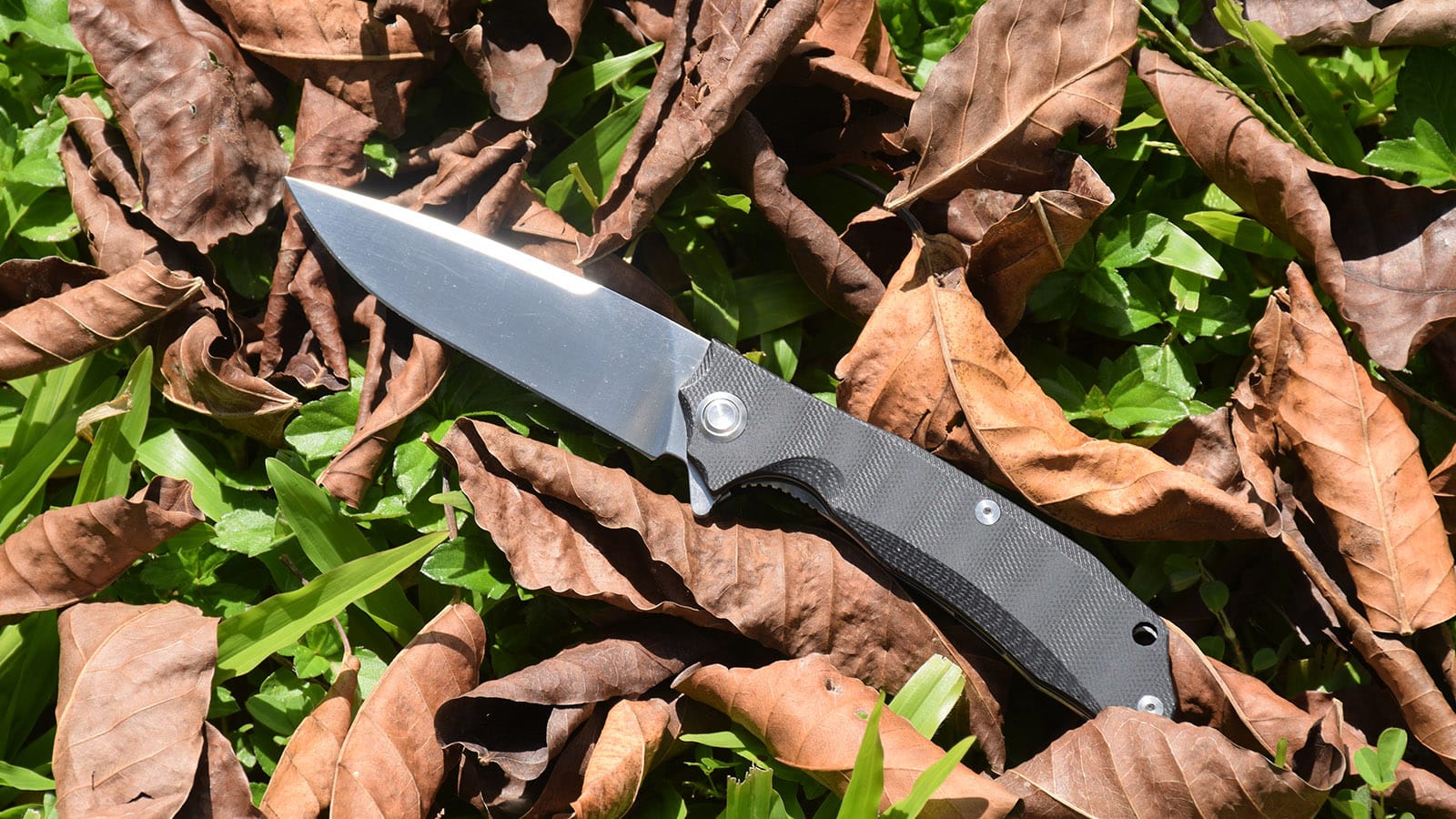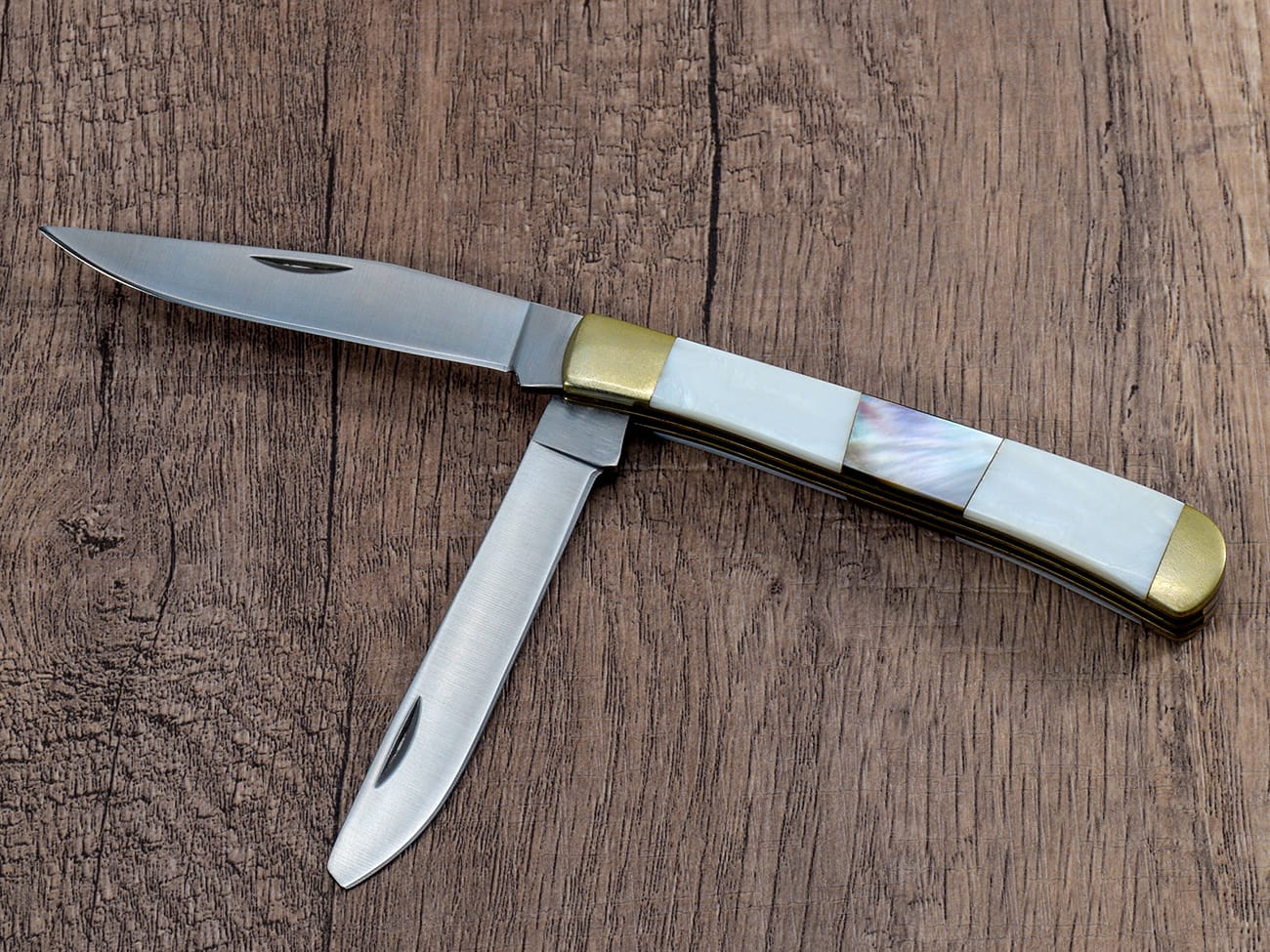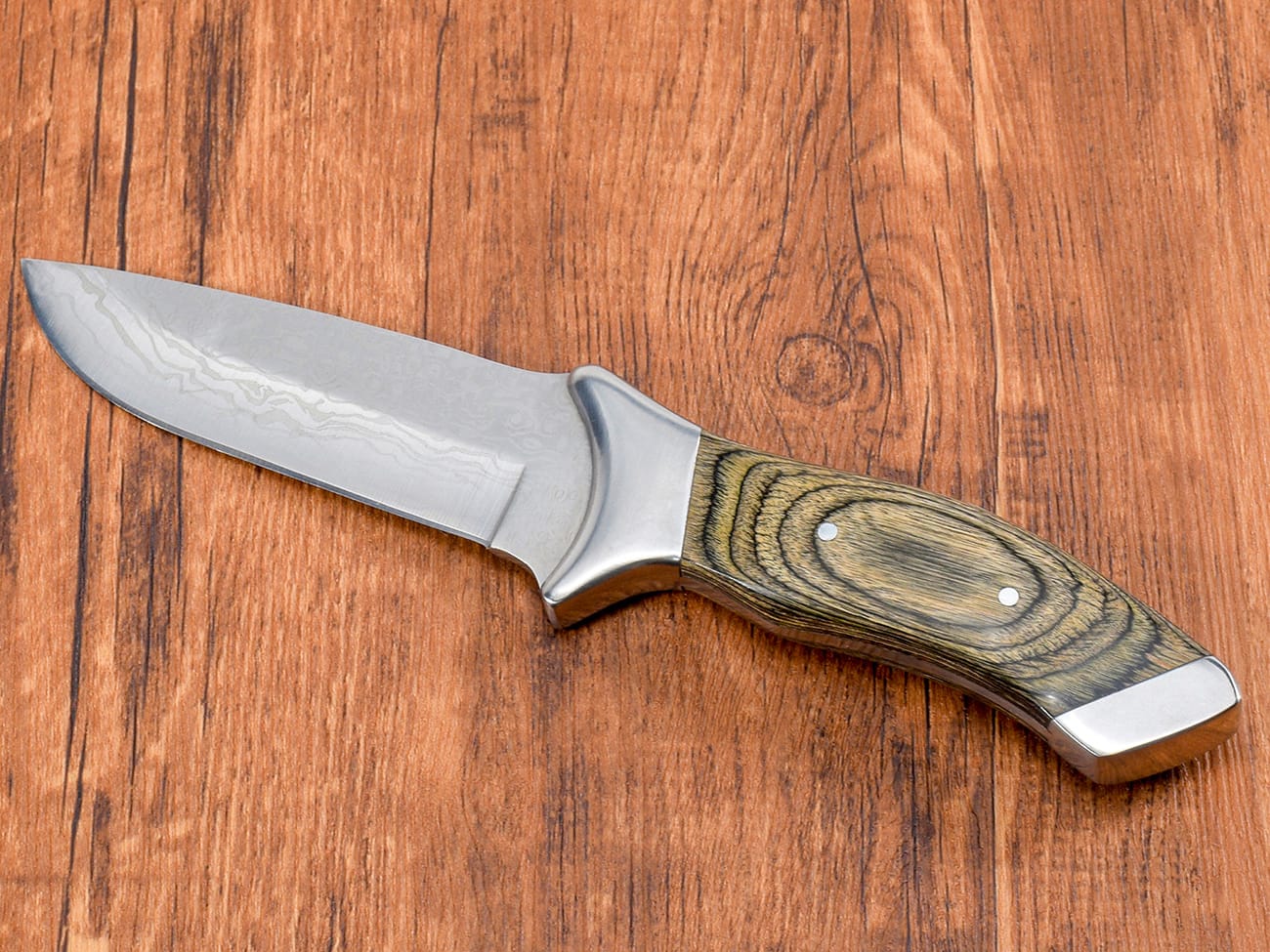Are you tired of struggling with a dull pocket knife? A sharp blade is not only more efficient but also safer to use. In this comprehensive guide, we’ll walk you through the process of sharpening your pocket knife with a stone, transforming it from a frustrating tool to a razor-sharp companion. Whether you’re a seasoned outdoorsman or a casual user, mastering this skill will ensure your pocket knife is always ready for action. Let’s dive into the world of knife sharpening and unlock the potential of your trusty blade!
Why Should You Learn How to Sharpen Your Pocket Knife?
Before we delve into the techniques, it’s essential to understand why sharpening your pocket knife is crucial:
- Improved performance and efficiency
- Enhanced safety (dull knives require more force, increasing the risk of accidents)
- Extended lifespan of your knife
- Cost-effective maintenance
- Personal satisfaction and skill development
Now that we’ve established the importance, let’s explore the art of sharpening your pocket knife with a stone.
What Types of Sharpening Stones Are Available?
To begin your sharpening journey, you’ll need to choose the right stone. Here are the main types:
- Water stones
- Oil stones
- Diamond stones
- Ceramic stones
- Natural stones (like Arkansas stones)
Each type has its pros and cons, but for beginners, a combination water stone is often recommended due to its versatility and ease of use.
How Do You Choose the Right Grit for Your Sharpening Stone?
Selecting the appropriate grit is crucial for effective sharpening. Here’s a quick guide:
- Coarse grit (100-400): For repairing damaged blades or very dull knives
- Medium grit (800-2000): For regular sharpening and maintenance
- Fine grit (3000-8000): For polishing and refining the edge
For most pocket knives, a combination stone with a medium grit (1000) on one side and a fine grit (6000) on the other is ideal.
What Are the Essential Tools for Sharpening Your Pocket Knife?
Before you start, gather these items:
- Sharpening stone
- Lubricant (water or oil, depending on your stone type)
- Clean cloth
- Angle guide (optional but helpful for beginners)
- Leather strop (for final polishing)
Having these tools ready will make the sharpening process smoother and more effective.
How Do You Prepare Your Sharpening Stone?
Proper preparation is key to successful sharpening. Follow these steps:
- Soak your water stone in water for 10-15 minutes (skip this step for oil stones)
- Place the stone on a non-slip surface
- Apply lubricant to the stone’s surface
- If using an oil stone, apply a few drops of honing oil
Remember, a well-prepared stone is the foundation for a sharp knife.
What’s the Correct Angle for Sharpening a Pocket Knife?
Maintaining the right angle is crucial for effective sharpening. Most pocket knives have a blade angle between 15-20 degrees. Here’s how to find it:
- Check your knife’s specifications or manufacturer’s recommendations
- Use an angle guide for consistency
- If unsure, start with a 20-degree angle and adjust as needed
Consistency in maintaining this angle throughout the sharpening process is key to achieving a sharp edge.
How Do You Sharpen the Blade Using the Stone Method?
Now, let’s dive into the actual sharpening process:
- Hold your knife at the correct angle against the stone
- Start with the coarser grit side of your stone
- Apply light pressure and move the blade across the stone in a sweeping motion
- Maintain the angle and repeat 10-15 times on each side of the blade
- Flip the stone to the finer grit side and repeat the process
- Use progressively lighter pressure as you move to finer grits
Remember, patience and consistency are your best friends in this process.

What Are Some Common Mistakes to Avoid When Sharpening Your Pocket Knife?
Be aware of these pitfalls:
- Inconsistent angle: Use a guide if needed
- Too much pressure: Let the stone do the work
- Neglecting the entire blade: Ensure you sharpen from heel to tip
- Over-sharpening: Stop when you’ve achieved a sharp edge
- Using the wrong grit sequence: Start coarse and progress to fine
Avoiding these mistakes will help you achieve better results and prevent damage to your knife.
How Do You Test the Sharpness of Your Pocket Knife?
After sharpening, it’s important to test the blade’s sharpness. Here are some safe methods:
- Paper test: Try slicing through a sheet of paper
- Tomato test: Attempt to slice a ripe tomato without squashing it
- Arm hair test: Carefully try to shave a small patch of arm hair
If your knife passes these tests, congratulations! You’ve successfully sharpened your pocket knife.
What Are Some Alternative Methods for Sharpening a Pocket Knife?
While using a stone is a traditional and effective method, there are other options:
- Guided sharpening systems
- Electric sharpeners
- Pull-through sharpeners
- Ceramic rods
- Stropping with leather
Each method has its pros and cons, but mastering the stone technique provides a solid foundation for all sharpening skills.
How Often Should You Sharpen Your Pocket Knife?
The frequency of sharpening depends on usage, but here are some general guidelines:
- Light use: Every 2-3 months
- Moderate use: Monthly
- Heavy use: Weekly or bi-weekly
Regular maintenance, including honing between full sharpenings, can extend the time between major sharpening sessions.Now that we’ve covered the essential aspects of sharpening your pocket knife with a stone, let’s summarize the key points:
- Choose the right sharpening stone and grit for your needs
- Prepare your stone and workspace properly
- Maintain a consistent angle throughout the sharpening process
- Use the correct technique, starting with coarser grits and progressing to finer ones
- Avoid common mistakes like applying too much pressure or inconsistent angles
- Test your knife’s sharpness after sharpening
- Consider alternative methods, but master the stone technique as a foundation
- Sharpen your knife regularly based on usage
By following these guidelines, you’ll be well on your way to maintaining a razor-sharp edge on your pocket knife. Remember, sharpening is both a skill and an art – it takes practice to perfect, but the results are well worth the effort.A sharp pocket knife is not just a tool; it’s a reliable companion for your everyday tasks and outdoor adventures. By mastering the art of sharpening, you’re not only maintaining your knife but also honing your skills and deepening your connection with this essential tool. So, grab your stone, pick up your knife, and start sharpening – your perfectly honed blade awaits!




